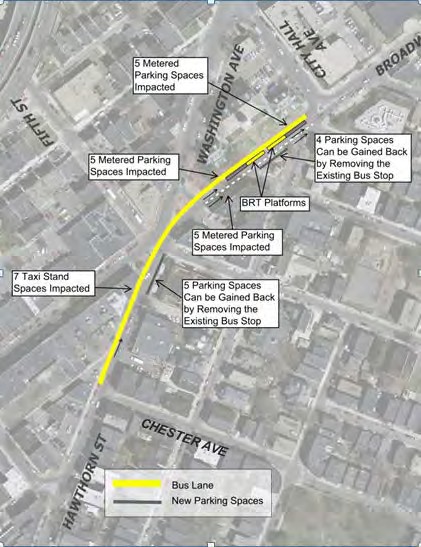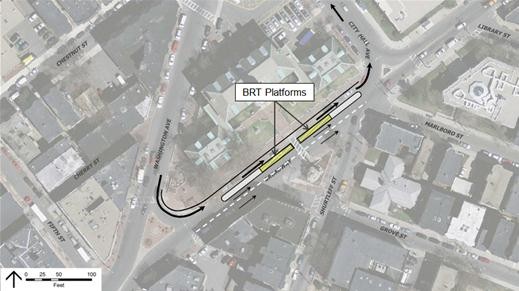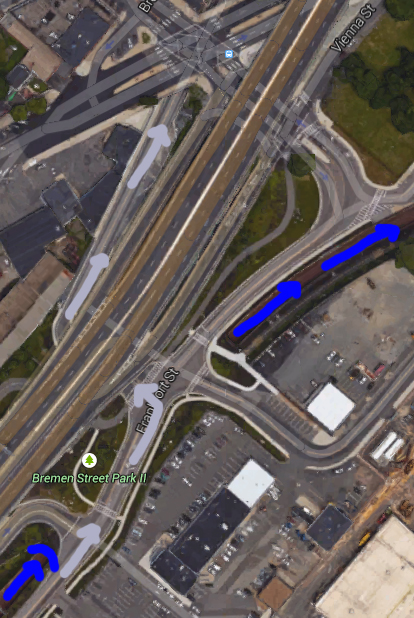citylover94
Senior Member
- Joined
- Oct 27, 2012
- Messages
- 1,140
- Reaction score
- 58
Re: Silver Line to Chelsea (Study Meeting)
Thanks. I don't expect it to be an issue but if the green line ever does reach to chelsea which I wouldn't expect for a long time then I think it will need to change.
Thanks. I don't expect it to be an issue but if the green line ever does reach to chelsea which I wouldn't expect for a long time then I think it will need to change.



